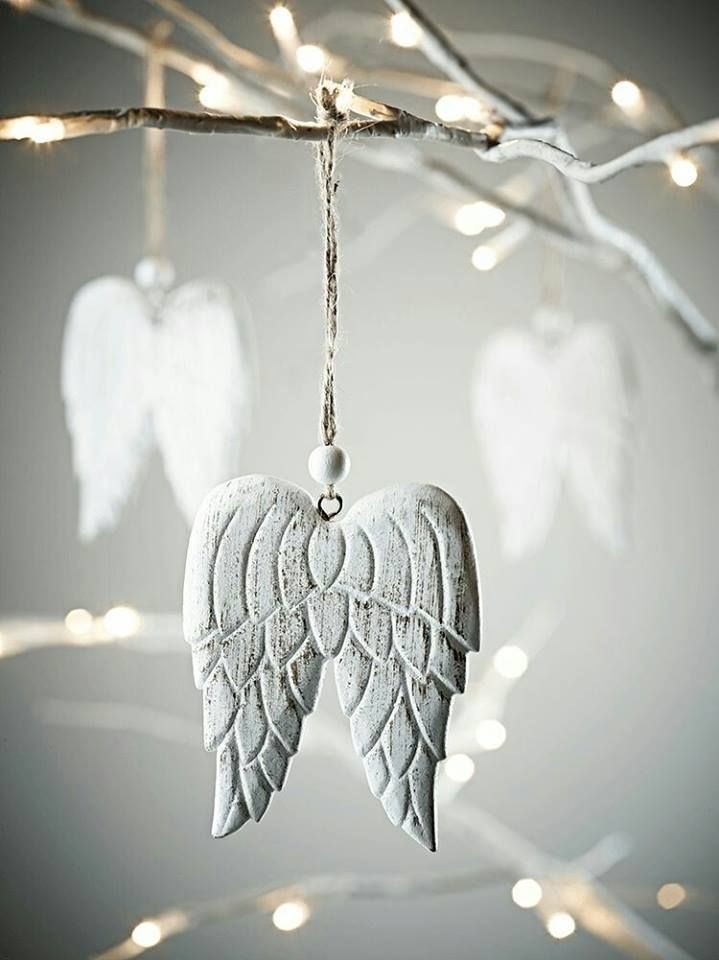The Art of Cork Craftsmanship: A Journey Through Mindful Making
- Koöko Fleurs
- Sep 4
- 3 min read

There are materials that speak to the hands—and then there are those that speak to the soul. Cork is one of them. It doesn’t shout. It doesn’t dazzle. It simply invites. To work with cork is to enter into a quiet dialogue with nature, one that echoes through the bark of ancient trees, the rhythm of artisan hands, and the stillness of mindful creation.
As part of my eco art therapy practice, I had the privilege of witnessing the full life cycle of cork fabric—from tree to thread. What I saw wasn’t just a production process. It was a ritual.
Meeting the Tree: A Living Source
In the heart of a Mediterranean cork forest, I stood before a cork oak (Quercus suber)—its bark thick, textured, and alive with history. These trees are never cut down. Instead, their bark is gently harvested every 9 to 12 years, allowing them to regenerate naturally. The harvesters work with reverence, using traditional tools and techniques passed down through generations.
Touching the tree, I felt its resilience. It had given its bark many times before, and would continue to do so for centuries. This regenerative rhythm is the heartbeat of cork craftsmanship—and a metaphor for healing itself.
Inside the Factory: Transformation with Integrity
The factory was quiet—not in sound, but in spirit. There was no rush, no harsh chemicals, no waste. Just steam, heat, and water. The bark was softened, pressed, and transformed into sheets of cork fabric. Every step honored the material’s integrity.
I watched as artisans cut the cork with precision, revealing its natural grain—each pattern unique, like a fingerprint of the forest. Some sheets were stitched into yoga mats, others into journals, bags, or meditation cushions. The stitching was slow and intentional, almost meditative. It reminded me of the therapeutic power of handwork: how each thread can carry presence, how each seam can hold space.
Cork as a Medium for Eco Art Therapy
Cork is more than sustainable—it’s sensorial. Its warm texture, earthy scent, and organic patterns create a tactile experience that grounds and soothes. In eco art therapy, materials matter. They shape the emotional landscape of creation.
Cork invites:
- Touch that calms the nervous system
- Patterns that mirror nature’s imperfections
- Durability that supports long-term healing tools
- Ethics that align with conscious living
Whether used in yoga mats, stitched journals, or sculptural pieces, cork becomes a companion in the therapeutic process. It holds space for breath, reflection, and renewal.
Objects with Soul
The cork objects I encountered weren’t just functional—they were soulful. A yoga mat made from cork isn’t just a surface for movement; it’s a sacred ground. A cork journal isn’t just a place for words; it’s a container for emotion. These objects carry the energy of the forest, the hands that shaped them, and the intention of mindful living.
In my own practice, I now integrate cork into workshops and sessions—inviting clients to create with it, meditate on it, and connect through it. It’s a way of bringing nature into the studio, and of reminding ourselves that healing can be gentle, textured, and deeply rooted.
Crafting with Care
Cork craftsmanship is a quiet art. It doesn’t demand attention—it earns it. Through my journey from tree to thread, I saw how sustainability and soulfulness can coexist. How materials can heal. How making can be a form of meditation.
To choose cork is to choose care. To work with it is to honor the Earth. And to create with it is to offer others a path toward presence.
“In every grain of cork lies a story of resilience. In every stitch, a breath of intention.”













Comments